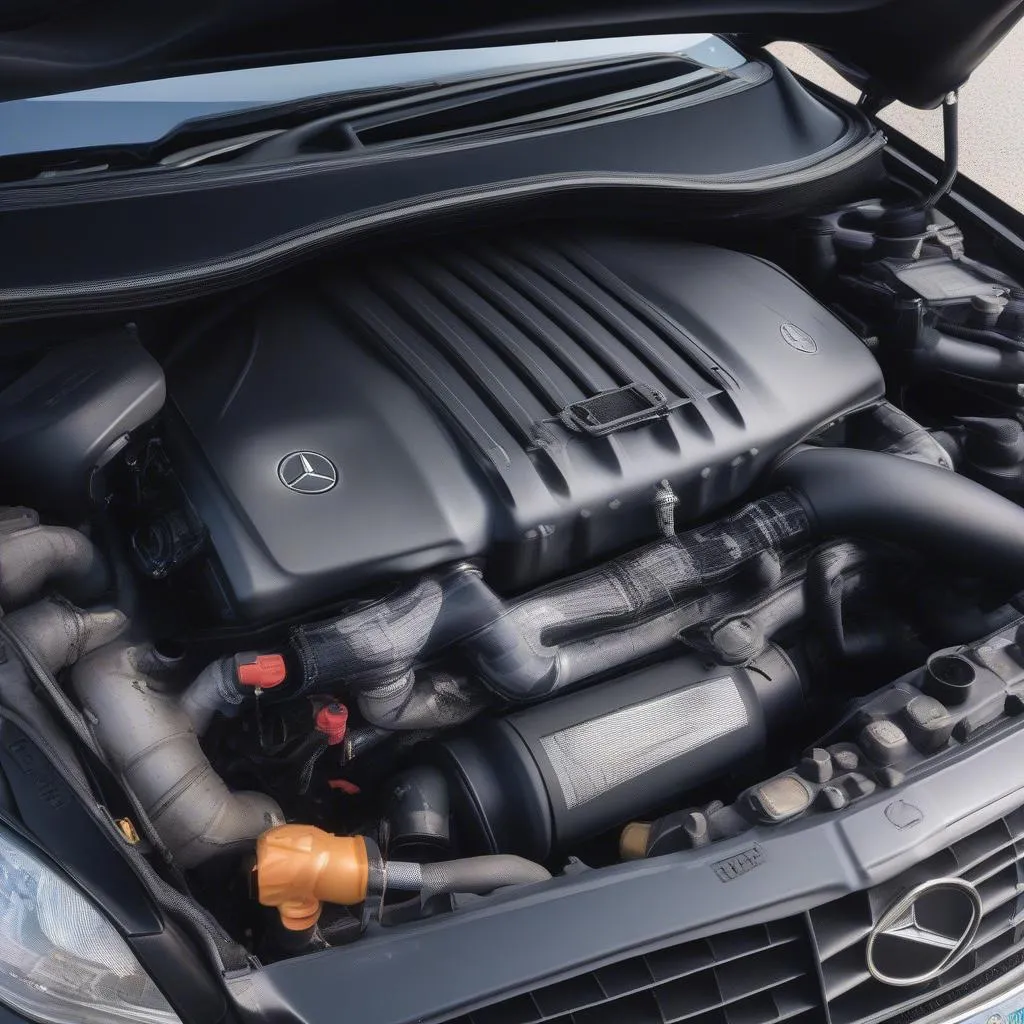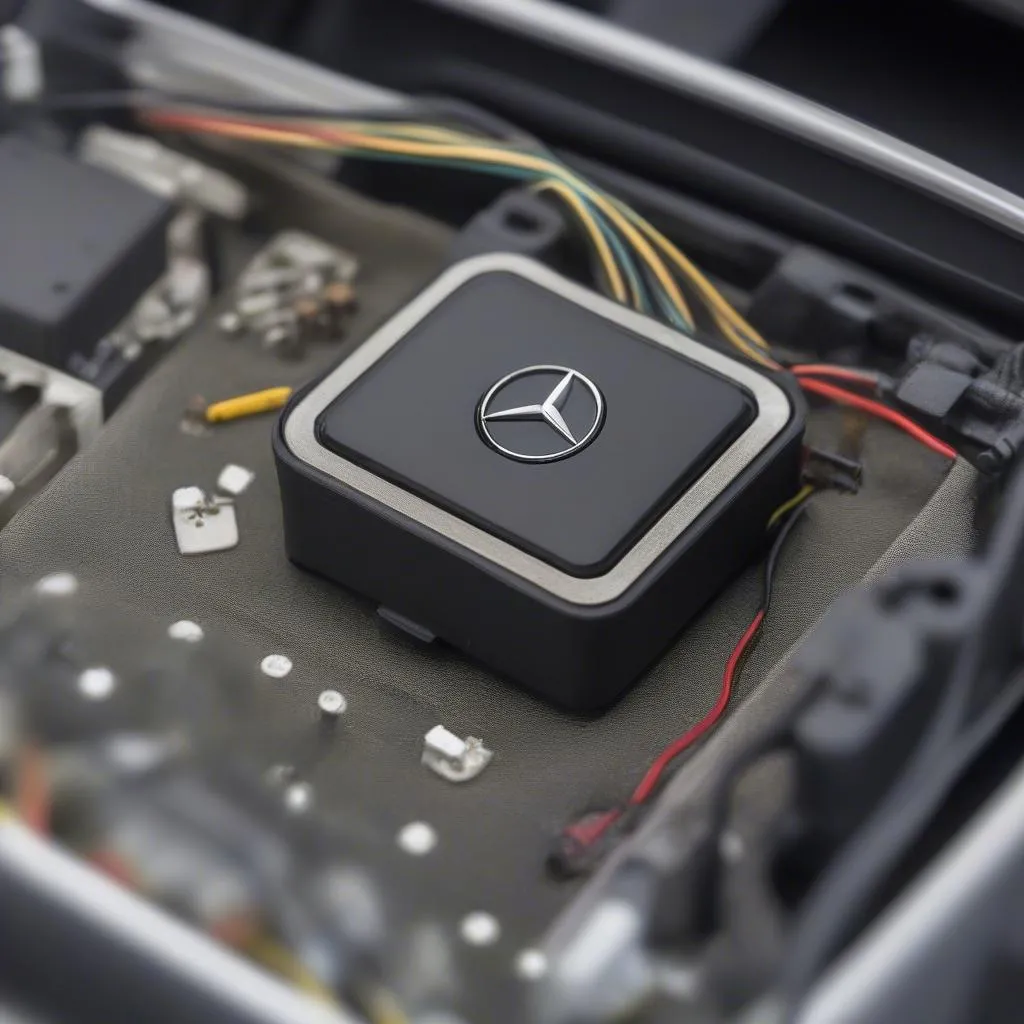Owning a 1997 Mercedes S320 is a testament to classic automotive taste. However, like any aging beauty, it might require some TLC. This article provides a comprehensive guide to troubleshooting common problems on your 1997 S3220, complete with conceptual video references and potential DIY solutions.
Let’s get that iconic sedan purring like a dream again!
Understanding the Basics of 1997 S320 Issues
Before we dive into specific problems, it’s crucial to understand the common culprits behind them.
1. Electrical Gremlins: The S320 is known for its sophisticated electrical systems, which, while luxurious, can pose challenges as they age. Think wiring harnesses, sensors, and control units.
2. Vacuum Leaks: These luxurious vehicles often utilize vacuum systems for climate control and door locks. Over time, hoses can crack and deteriorate, leading to frustrating malfunctions.
3. Wear and Tear: Mechanical components like suspension parts, bushings, and engine mounts naturally wear down over time. Regular maintenance can significantly delay these issues.
Common 1997 Mercedes S320 Problems and How to Fix Them
1. Engine Problems
Symptoms: Rough idling, stalling, reduced power, check engine light.
Possible Causes:
- Faulty Mass Air Flow Sensor (MAF): This sensor measures air intake and can disrupt the air-fuel mixture if faulty.
- Clogged Air Filter: A restricted airflow can choke the engine, leading to performance issues.
- Worn Spark Plugs: Old spark plugs can cause misfires, affecting engine performance and fuel economy.
How to Diagnose:
- Visual Inspection: Check the air filter for dirt and debris.
- OBD-II Scanner: An OBD-II scanner can read engine error codes, helping pinpoint the issue.
DIY Solutions (With Caution):
- Air Filter Replacement: This is a relatively simple task, even for beginners. Refer to your owner’s manual for the correct filter type and installation procedure.
- Spark Plug Replacement: Replacing spark plugs requires basic mechanical skills. If you’re comfortable with tools, you can find numerous tutorials online.
Video Reference: Search for “1997 Mercedes S320 MAF Sensor Cleaning/Replacement” or “Changing Spark Plugs on a Mercedes M104 Engine” on platforms like YouTube.
2. Electrical System Malfunctions
Symptoms: Malfunctioning power windows, faulty interior lights, inoperative central locking, dashboard warning lights.
Possible Causes:
- Faulty Window Regulator: These mechanisms control window movement and can wear out over time.
- Blown Fuses: Check the fuse box for any blown fuses related to the malfunctioning component.
- Wiring Issues: Damaged or corroded wiring can disrupt the flow of electricity, causing various electrical problems.
How to Diagnose:
- Check Fuses: Consult your owner’s manual for the fuse box location and diagram.
- Inspect Wiring: Visually inspect accessible wiring for any signs of damage or corrosion.
DIY Solutions:
- Fuse Replacement: Replacing a fuse is a simple task. Ensure you use the correct amperage fuse as indicated in the owner’s manual.
- Wiring Repair: Repairing wiring requires electrical knowledge and tools. It’s best left to professionals unless you have experience.
Video Reference: Search for “Mercedes S-Class W140 Power Window Repair” or “Troubleshooting Central Locking Problems on Mercedes” on relevant platforms.
3. Suspension and Ride Quality Issues
Symptoms: Bouncy ride, uneven tire wear, clunking or knocking sounds when driving over bumps.
Possible Causes:
- Worn Shocks or Struts: These components absorb shocks and vibrations, providing a smooth ride. Over time, they wear out, affecting ride quality and handling.
- Damaged Control Arms: Control arms connect the wheels to the suspension system. Worn bushings or ball joints in the control arms can cause noise and instability.
How to Diagnose:
- Bounce Test: Push down on each corner of the car and observe how it rebounds. Excessive bouncing indicates worn shocks or struts.
- Visual Inspection: Inspect the shocks, struts, control arms, and bushings for any signs of leakage, damage, or excessive wear.
DIY Solutions (With Caution):
- Replacing Shocks/Struts: Replacing shocks or struts requires mechanical knowledge and specialized tools. It’s recommended to have this done by a professional.
Video Reference: Look for videos like “Mercedes W140 Suspension Overhaul” or “Replacing Control Arm Bushings on a Mercedes S-Class” for visual guidance.
 Mercedes S320 Engine Bay
Mercedes S320 Engine Bay
 Mercedes S320 Fuse Panel
Mercedes S320 Fuse Panel
Frequently Asked Questions about 1997 Mercedes S320 Issues:
Q1: My check engine light is on. What could be wrong?
A: A check engine light can indicate a wide range of issues, from minor sensor malfunctions to more serious engine problems. The best course of action is to use an OBD-II scanner to read the specific error codes stored in your car’s computer. This will give you a more precise idea of what needs attention.
Q2: My S320 has a rough idle. Is it the MAF sensor?
A: While a faulty MAF sensor is a common cause of rough idling, it’s not the only possibility. Other culprits could include vacuum leaks, dirty throttle bodies, or even spark plug issues. A comprehensive diagnosis is key to pinpoint the exact source of the problem.
Q3: Can I use a generic OBD-II scanner on my 1997 S320?
A: While generic OBD-II scanners can read basic engine codes, investing in a more advanced scanner, especially one compatible with Mercedes-Benz vehicles, can provide more in-depth information, including codes related to the transmission, ABS, and airbag systems. Caridiagtech offers a range of diagnostic tools suitable for your S320.
Q4: My air conditioning isn’t blowing cold air. What should I check?
A: Start by checking the refrigerant level. If it’s low, there might be a leak in the system. Other potential culprits include a faulty compressor, a malfunctioning AC control unit, or even a blown fuse.
Q5: My S320 seems to be consuming more fuel than usual. What could be the reason?
A: Several factors can contribute to increased fuel consumption, including:
- Oxygen Sensor Problems: Faulty oxygen sensors can disrupt the air-fuel mixture, leading to inefficient combustion.
- Clogged Fuel Injectors: Dirty or clogged fuel injectors can hinder proper fuel delivery, affecting engine performance and fuel economy.
- Driving Habits: Aggressive driving, frequent acceleration, and excessive idling can significantly impact fuel efficiency.
Conclusion
Remember, while DIY repairs can be satisfying and cost-effective, always prioritize safety. Consult your owner’s manual and reputable online resources. If you’re unsure, seeking professional help from a qualified mechanic is always recommended.


